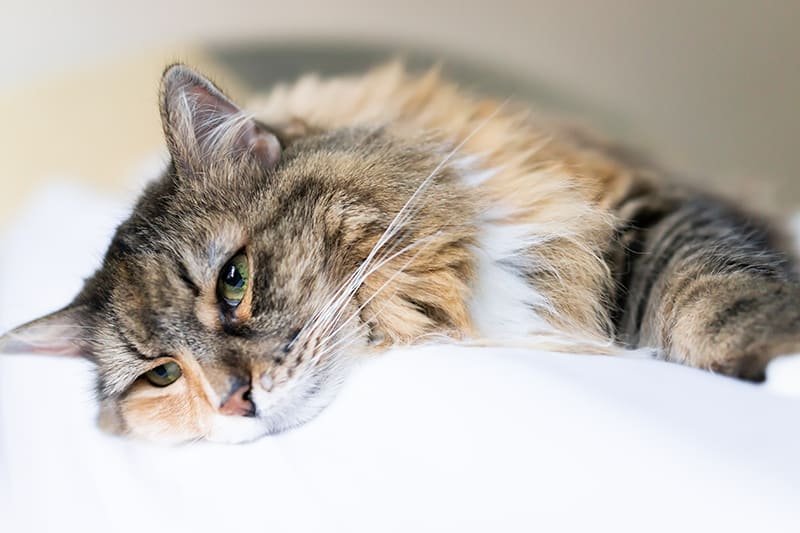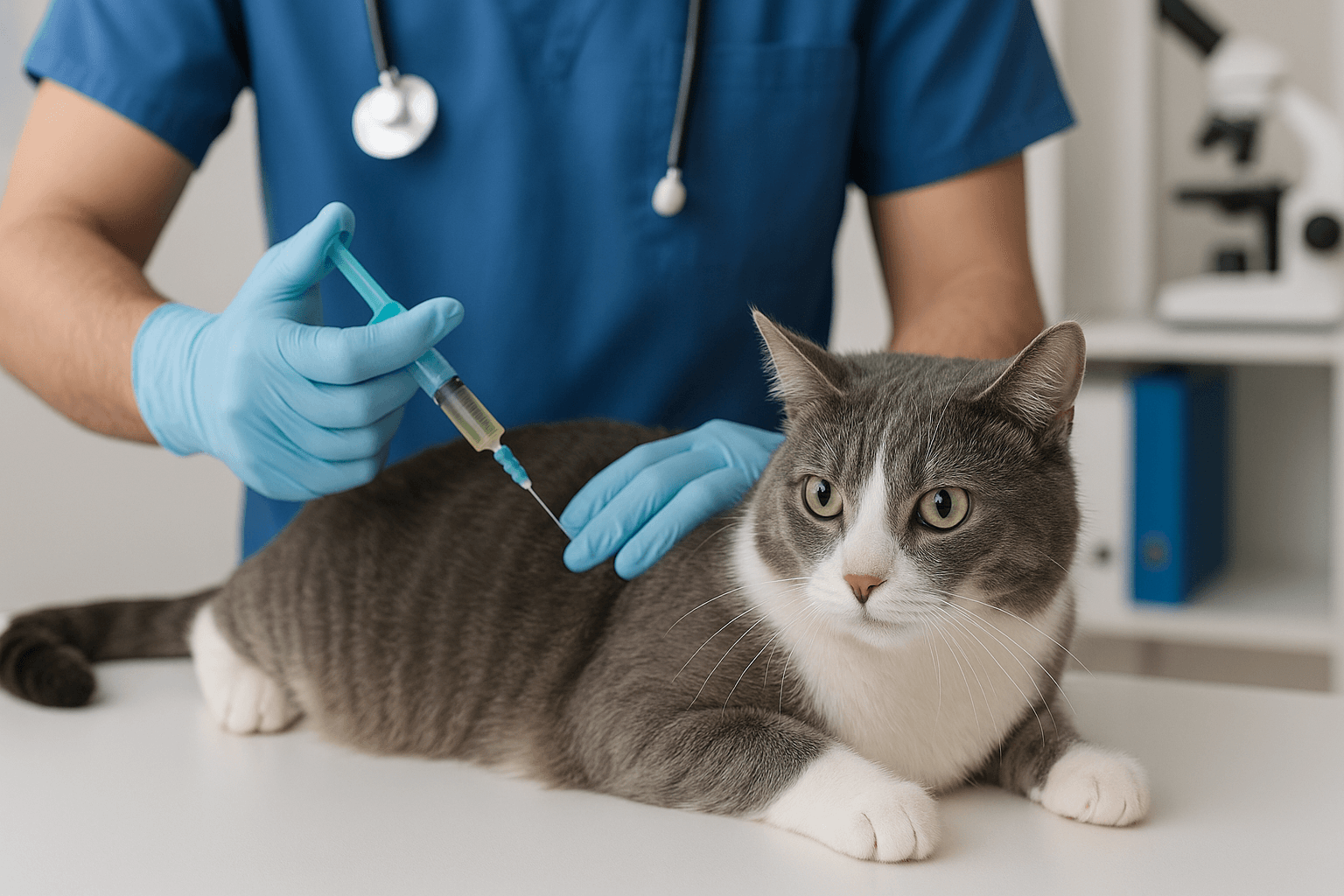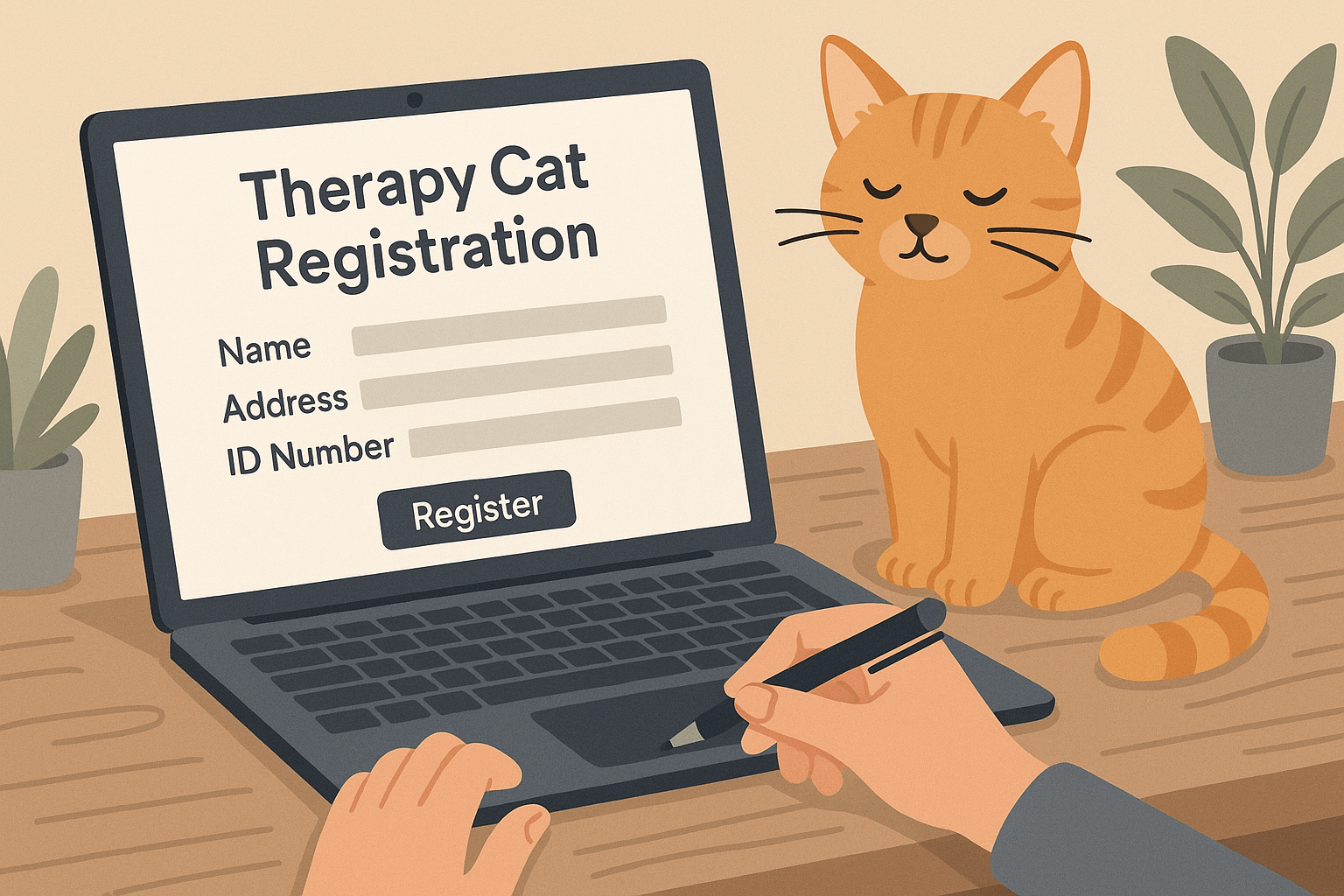How to Punish a Cat for Peeing on Bed: A Compassionate Approach
Dealing with a cat that pees on the bed can be frustrating, but it’s important to approach the situation with understanding rather than anger. Cats don’t pee outside the litter box out of spite or malice—they often do so due to stress, medical issues, or environmental factors. While traditional “punishment” isn’t effective for cats, there are humane and constructive ways to address this behavior. In this blog post, we’ll explore how to respond appropriately when your cat pees on your bed, focusing on identifying the root cause and implementing solutions that strengthen your bond while resolving the issue. Let’s dive into practical tips to help both you and your feline friend move forward peacefully.
Why Cats Pee on Beds: Understanding the Behavior
Before addressing the issue, it’s crucial to understand why your cat might be peeing on your bed. Here are some common reasons:
Medical Issues
Conditions like urinary tract infections (UTIs), bladder stones, or diabetes can cause inappropriate urination.Stress or Anxiety
Changes in the household, such as moving or introducing a new pet, can trigger stress-related behaviors.Territorial Marking
Unneutered cats may spray or pee on beds to mark their territory, especially if they feel threatened.Litter Box Problems
A dirty, poorly located, or uncomfortable litter box can discourage your cat from using it.Preference for Soft Surfaces
Some cats simply prefer the texture of bedding over the feel of litter.
Understanding these motivations can help you address the underlying cause and prevent future incidents.
Effective Ways to Address the Issue Without Punishment
Instead of punishing your cat, focus on positive reinforcement and problem-solving strategies. Here’s how to handle the situation constructively:
Clean Thoroughly
Use enzymatic cleaners to eliminate all traces of urine odor, preventing your cat from returning to the same spot.Visit the Vet
Schedule a check-up to rule out medical conditions that could be causing inappropriate urination.Improve Litter Box Hygiene
Scoop the litter box daily and replace the litter regularly to keep it clean and inviting.Provide Multiple Litter Boxes
Ensure there’s at least one litter box per cat, plus an extra one, to reduce competition and stress.Create a Calming Environment
Use pheromone diffusers or calming sprays to reduce anxiety and make your home more comfortable for your cat.
By addressing the issue compassionately, you can encourage your cat to use the litter box without resorting to punishment.
Check this guide 👉Why Does My Cat Keep Peeing on the Carpet? Best 7 Tips!
Check this guide 👉My Cat Peed on My Bed Right in Front of Me: Best 7 Tips!
Check this guide 👉Why Does My Cat Guard Me When I Pee? Best 7 Expert Tips!

Solution | Benefit |
|---|---|
Enzymatic Cleaners | Eliminates odors that attract repeat incidents |
Veterinary Check-Up | Identifies and treats underlying health issues |
Regular Litter Box Cleaning | Encourages consistent litter box use |
Multiple Litter Boxes | Reduces stress and competition among cats |
Pheromone Diffusers | Creates a calming atmosphere to ease anxiety |
What Not to Do When Your Cat Pees on the Bed
While it’s tempting to punish your cat for peeing on the bed, certain actions can worsen the problem. Here’s what to avoid:
Yelling or Hitting
Physical punishment can damage your bond and increase your cat’s fear and stress.Rubbing Their Nose in It
This outdated method is ineffective and only causes distress without teaching your cat anything.Ignoring the Problem
Failing to address the behavior can lead to recurring incidents and potential health complications.Using Harsh Chemicals
Strong cleaning products can irritate your cat’s sensitive nose and fail to remove lingering odors.Forcing Them Near the Spot
Forcing your cat to confront the area may confuse or terrify them, making the behavior worse.
Avoiding these harmful approaches ensures your cat feels safe and supported while you work through the issue.
Preventing Future Incidents
Once you’ve addressed the immediate issue, take steps to prevent your cat from peeing on the bed again. Here’s how:
Restrict Access to the Bed
Temporarily block access to the bed until your cat consistently uses the litter box.Reward Good Behavior
Offer treats or praise when your cat uses the litter box to reinforce positive habits.Maintain Consistency
Stick to a routine for feeding, playtime, and litter box maintenance to create stability.Monitor Stress Levels
Keep an eye on changes in your cat’s environment that could trigger stress-related behaviors.Neuter or Spay Your Cat
If your cat is unneutered, consider spaying or neutering to reduce territorial marking tendencies.
By implementing these preventive measures, you can minimize the chances of your cat repeating the behavior.
Understanding Your Cat’s Emotional State
Cats are sensitive creatures, and their emotional well-being can significantly impact their behavior, including inappropriate urination. Here’s how to recognize and address emotional triggers:
Signs of Anxiety
Look for behaviors like excessive grooming, hiding, or changes in appetite that may indicate stress.Environmental Changes
Moving furniture, introducing new pets, or loud noises can unsettle your cat and lead to marking behaviors.Routine Disruptions
Cats thrive on consistency, so even small changes in their daily schedule can cause distress.Social Dynamics
If you have multiple cats, tension or competition for resources can contribute to territorial marking.Comfort Zones
Providing safe spaces where your cat can retreat can help them feel more secure and reduce stress-related behaviors.
By understanding your cat’s emotional needs, you can create a supportive environment that minimizes stress and promotes positive habits.
How to Redirect Your Cat’s Behavior
Redirecting your cat’s behavior is a proactive way to encourage appropriate elimination habits. Here’s how to guide your cat toward better choices:
Positive Reinforcement
Reward your cat with treats or affection when they use the litter box correctly.Temporary Barriers
Use deterrents like aluminum foil or double-sided tape on the bed to discourage them from returning to the same spot.Designated Soft Surfaces
Place a soft blanket or towel near the litter box if your cat prefers soft surfaces for elimination.Interactive Play
Engage your cat in play sessions to redirect their energy and reduce boredom-related behaviors.Scent Marking Alternatives
Offer scratching posts or fabric toys as acceptable outlets for scent-marking tendencies.
By redirecting your cat’s behavior in a positive and constructive way, you can help them form healthier habits over time.
Strengthening Your Bond Through Trust
Building trust with your cat is essential for resolving behavioral issues like peeing on the bed. Here’s how to strengthen your bond while addressing the problem:
Spend Quality Time Together
Dedicate time each day to petting, playing, or simply sitting with your cat to reinforce your connection.Avoid Negative Reactions
Stay calm and patient, even when dealing with frustrating behaviors, to avoid damaging your relationship.Provide Comfort Items
Leave clothing or blankets with your scent near your cat’s sleeping area to make them feel more secure.Respect Their Boundaries
Allow your cat to approach you on their terms, respecting their need for independence and personal space.Celebrate Small Wins
Acknowledge and reward progress, no matter how small, to encourage continued improvement.
By fostering trust and understanding, you can create a stronger bond with your cat and work together to resolve challenging behaviors.
Frequently Asked Questions About Cats Peeing on Beds
Why does my cat keep peeing on my bed?
There are several possible reasons, including medical issues, stress, or dissatisfaction with the litter box.
Should I punish my cat for peeing on the bed?
No, punishment is ineffective and can harm your relationship with your cat. Focus on addressing the root cause instead.
How do I clean my bed after my cat pees on it?
Use an enzymatic cleaner specifically designed to break down urine odors completely.
Can stress cause my cat to pee on the bed?
Yes, stress or anxiety can lead to inappropriate urination as a coping mechanism.
What if my cat continues to pee on the bed after trying everything?
Consult a veterinarian or animal behaviorist for further guidance and tailored solutions.
Building Trust and Resolving the Issue Together
Dealing with a cat that pees on the bed requires patience, empathy, and a willingness to understand their needs. By focusing on positive reinforcement and addressing the root cause—whether it’s medical, behavioral, or environmental—you can resolve the issue without damaging your bond. Remember, cats thrive in environments where they feel safe, loved, and understood. With consistency and care, you can restore harmony to your home and ensure your cat feels secure. After all, a happy cat makes for a happy household, and together, you can overcome even the toughest challenges.
Is the Rubber Tree Cat Safe? Best 7 Expert Tips! Discover expert advice on keeping rubber plants safely in cat-friendly homes and learn top tips for pet-safe plant care.
Low Red Blood Cell Count in Cats: Best 7 Expert Tips! Discover causes, symptoms, and treatment options for feline anemia. Learn how to support your cat’s health effectively with expert advice.
Understanding Megacolon Treatment: Best 7 Expert Tips! Discover effective strategies to manage feline megacolon, from dietary changes to surgical options, ensuring your cat’s comfort and long-term health.
How to Register a Therapy Cat: Best 7 Expert Tips! Discover essential steps to certify your cat as a therapy animal, prepare them for training, and make a meaningful impact in therapeutic settings.





